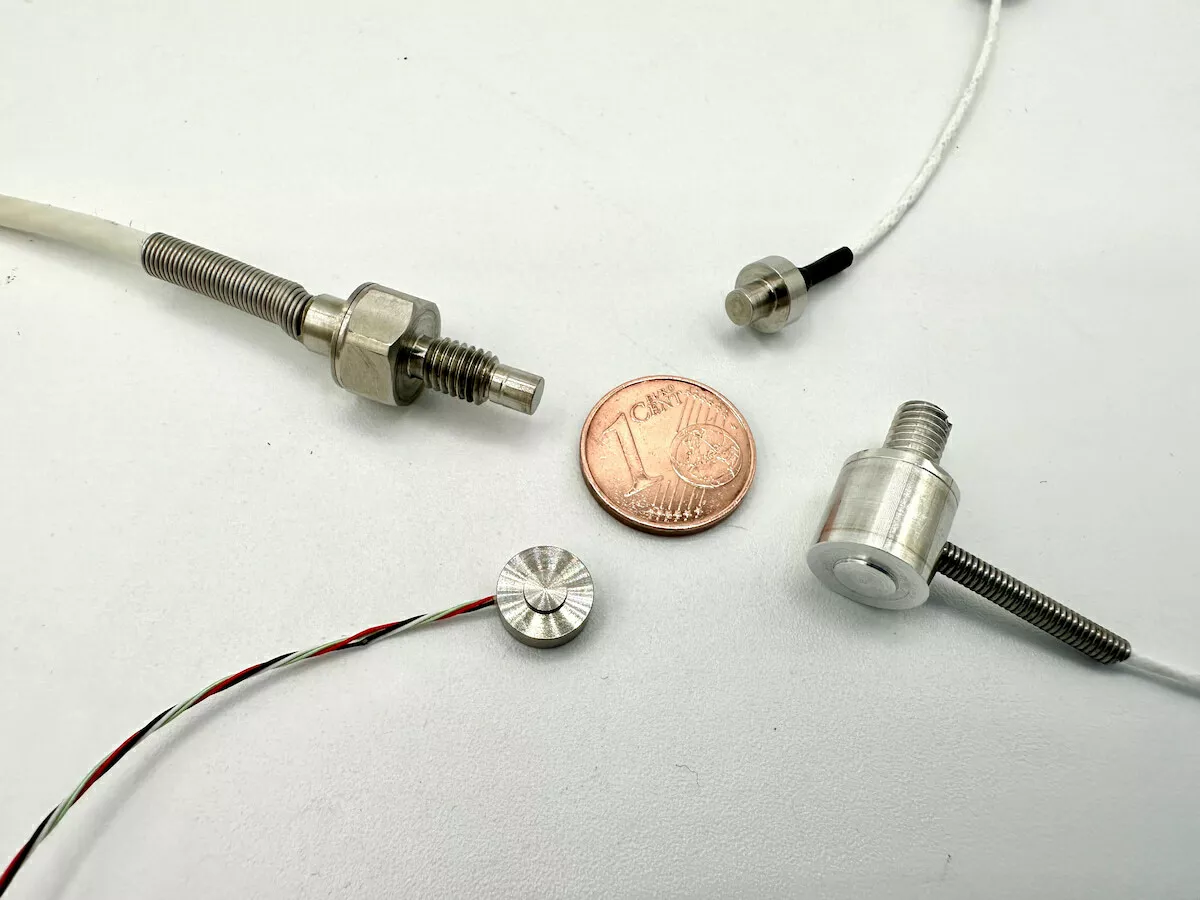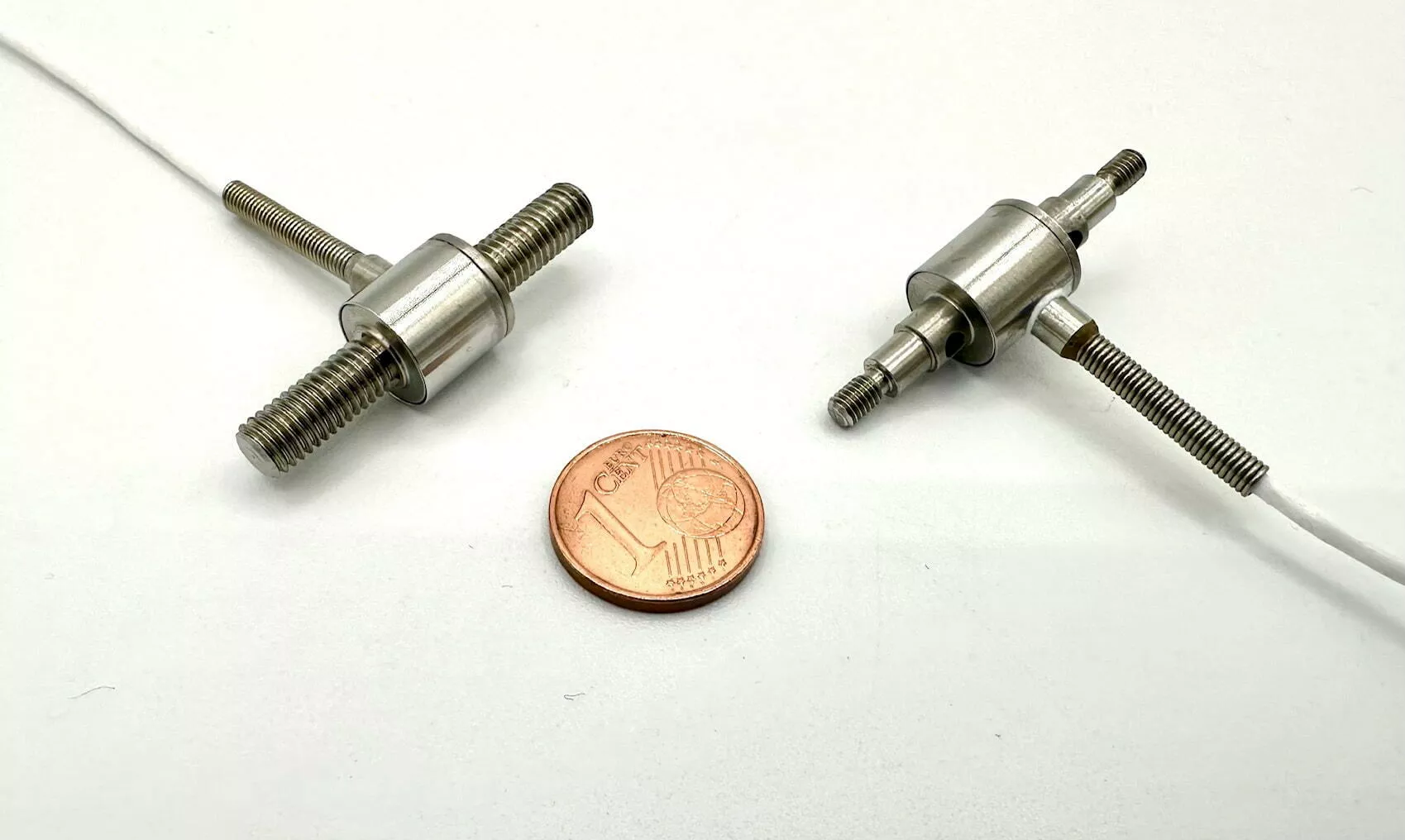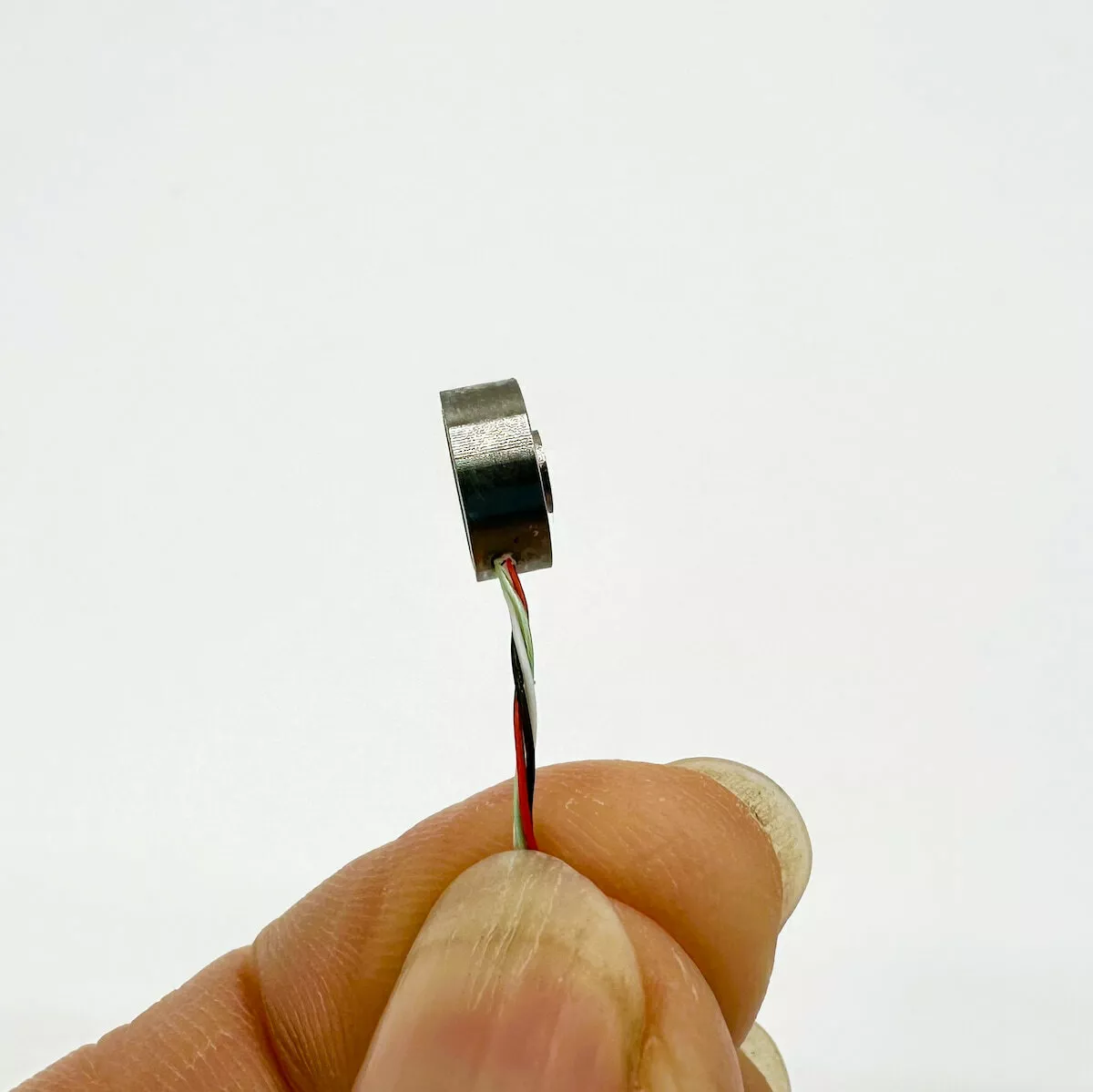Sensors are getting smaller, smarter and more powerful. Find out how miniaturisation of sensors opens up new opportunities in IoT, medical technology, automotive and robotics. Our Olaf de Kok talks about the technical challenges, solutions and promising future of this innovative development.
The need for more compact, lightweight and efficient electronic devices has led to a clear trend towards miniaturisation of sensors. Olaf de Kok, Sales Director at Althen Sensors & Controls, talks about this important development within sensor and measurement solutions in this article.
Why miniaturisation?
The demand for smaller sensors arose decades ago with the introduction of compact electronic devices such as mobile phones, laptops and wearables. Smaller sensors have become essential in sectors such as medical care, IoT, automotive and industrial automation. Available space in applications such as cars and robotics is limited, making compact sensors a necessity.

Sensors suitable for miniaturisation
According to Olaf, the following sensors are most suitable for miniaturisation:
- Pressure sensors: medical applications and industrial monitoring.
- Acceleration sensors (IMUs and gyroscopes): robotics, automotive and aerospace.
- Temperature sensors: IoT and precision industry.
- Position and displacement sensors: robotics and medical devices.
- Force sensors and strain gauges: biomechanical applications and precision industrial instruments.
Technical challenges and solutions
Miniaturisation involves several technical challenges:
- Precision and reliability: smaller sensors must offer the same measurement accuracy as their larger variants. Advanced signal processing and filtering play a crucial role here.
- Robustness: thanks to better materials and advanced encapsulation techniques, miniature sensors are increasingly resistant to external influences such as vibrations and temperature changes.
- Energy consumption: energy-efficient electronics and wireless power techniques allow sensors to become smaller without reducing their performance.
- Production complexity: manufacturing smaller sensors is complex, but thanks to MEMS technology, high-precision mass production can be achieved.

Current state of technology
Currently, sensors can be produced at micrometre and even nanometre scales thanks to MEMS and nanotechnology. Althen Sensors & Controls already offers miniature pressure sensors, acceleration sensors and force sensors for high-performance applications. Integrated sensors with wireless connectivity and built-in AI functionalities are also booming.
New possibilities thanks to smaller sensors
The miniaturisation of sensors opens up new opportunities for machine builders and system integrators. Machines become more compact, portability increases and precision motion and navigation capabilities in robots and drones improve significantly. IoT systems also benefit from this development through extensive data collection on smaller surfaces.
Miniaturisation is not just about smaller dimensions, but mainly about smarter design and more innovative construction. The result is a new generation of sensors that deliver impressive performance in complex applications despite their small size.


Expectations for the future
According to Olaf, the trend towards miniaturisation will continue with sensors becoming even smaller, smarter and more energy efficient. This opens the door to revolutionary technologies such as quantum sensing, which will enable unprecedented accuracy for medical applications, navigation without GPS and highly sensitive measurement systems.
In addition, wireless, self-powered sensors that generate energy from vibrations or temperature differences will become increasingly important. Integration of artificial intelligence into sensors will further enable real-time data analysis and faster decision-making, which is essential for various industries.
Sustainability: an additional area of focus
In addition to performance and technological advances, sustainability plays an increasing role in miniature sensors. Although smaller sensors use less material and energy, their size also brings challenges for recycling and reuse.
Want to know more about miniature sensors?
Miniaturisation of sensors remains a dynamic development that not only drives technological innovations, but also opens up new markets and applications. Althen Sensors & Controls closely follows these developments and helps customers seize the opportunities offered by this trend.



